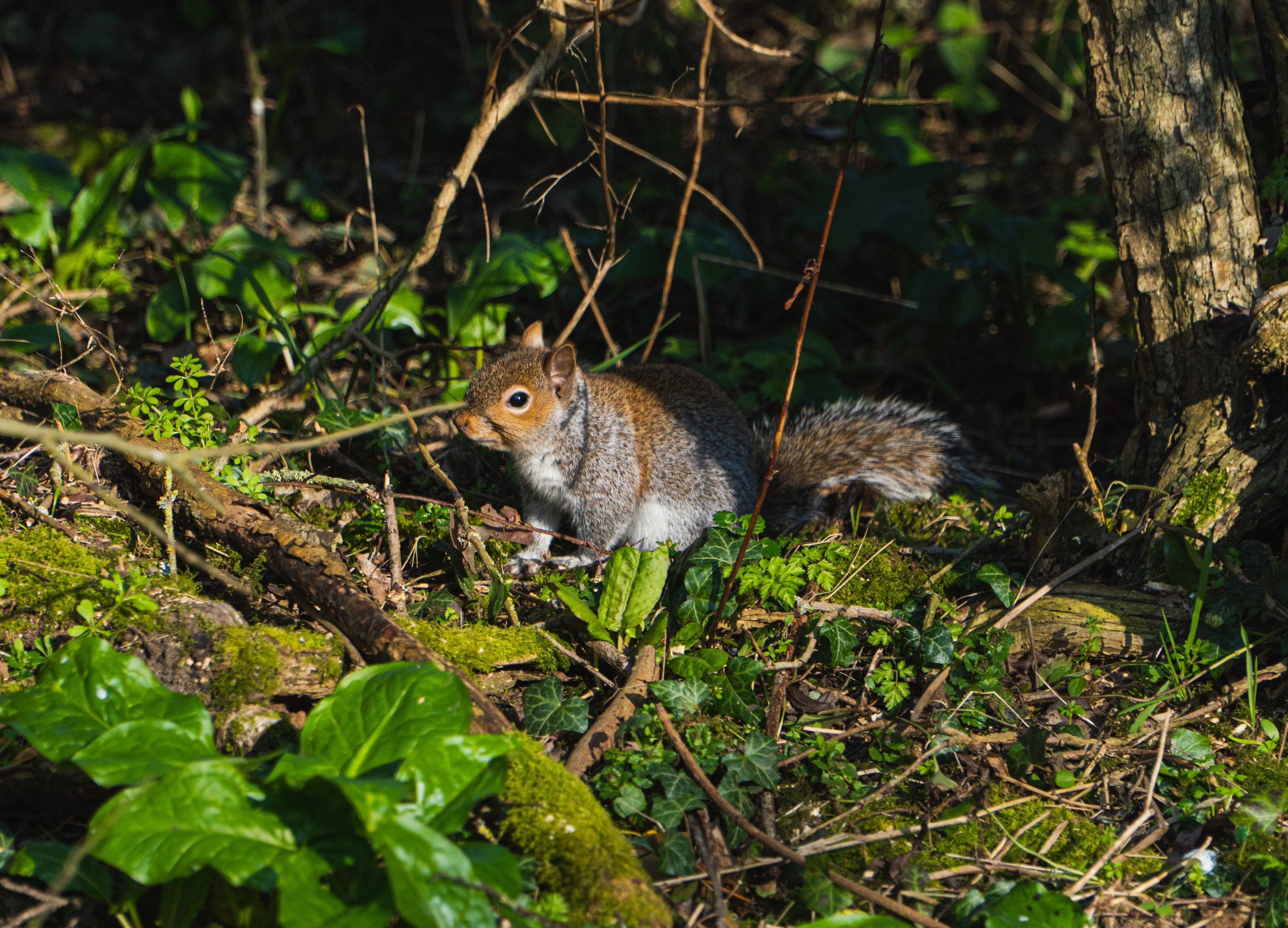In Colorado, cases of the plague have been found in fleas and animals, as well as in humans, causing the death of a 10-year-old girl, said the Colorado Department of Public Health and Environment (CDPHE), according to US media reports.
Earlier this month, the 10-year-old girl from La Plata County died from complications stemming from the plague. Her death is the first to be attributed to the plague in Colorado since 2015.
The cases of the plague are from six counties although CDPHE didn’t release the full list of counties, but said La Plata was one of them.
The plague, caused by the bacterium Yersinia pestis, is typically found in rodent fleas. Humans most commonly contract the plague after being bitten by an infected flea or touching an infected animal, such as rats, squirrels, or even prairie dogs.
However, how the girl exactly came to be infected is still under investigation.
ALSO READ | See you in 17 years: America’s cicada plague winding down
It is still difficult to identify the symptoms, as the early plague symptoms are very similar to those of other illnesses, like the flu or a mild case of the coronavirus. The symptoms include fever, chills, headache, coughing, feeling weak and swollen lymph nodes.
The plague is treatable in humans and animals if caught and addressed early.
“In Colorado, we expect to have fleas test positive for plague during the summer months. Awareness and precautions can help prevent the disease in people. While it’s rare for people to contract plague, we want to make sure everyone knows the symptoms,” said Jennifer House, deputy state epidemiologist and public health veterinarian for the CDPHE.
According to CBSN Denver inputs, last year, two people in Colorado were confirmed to have contracted the plague and both survived.
The CDPHE listed the best ways to avoid the plague on their website. The measures include: avoiding fleas, staying away from areas rodents inhabit, avoiding contact with wild rodents as well as dead ones, consulting with a pest company to prevent rodent infestations, contacting a veterinarian if you notice symptoms in a pet, and making children aware of these precautions.







